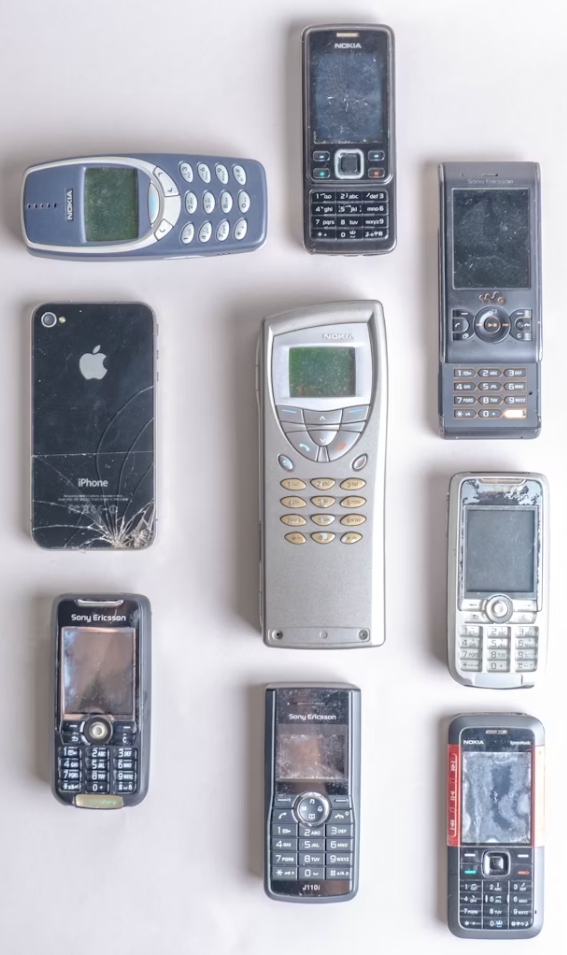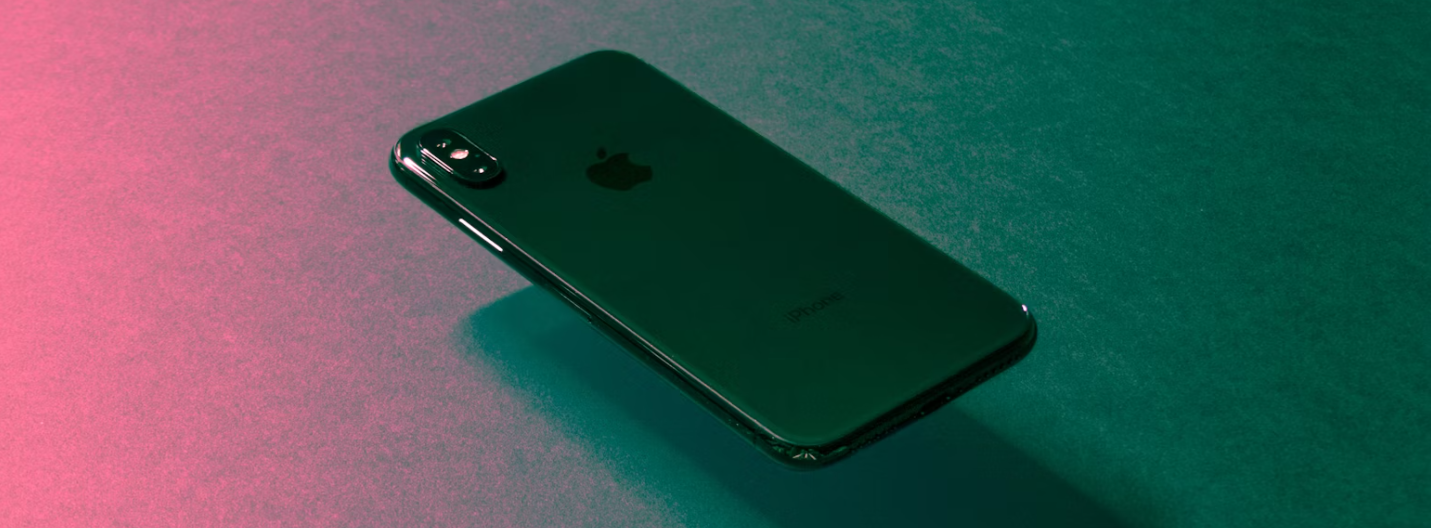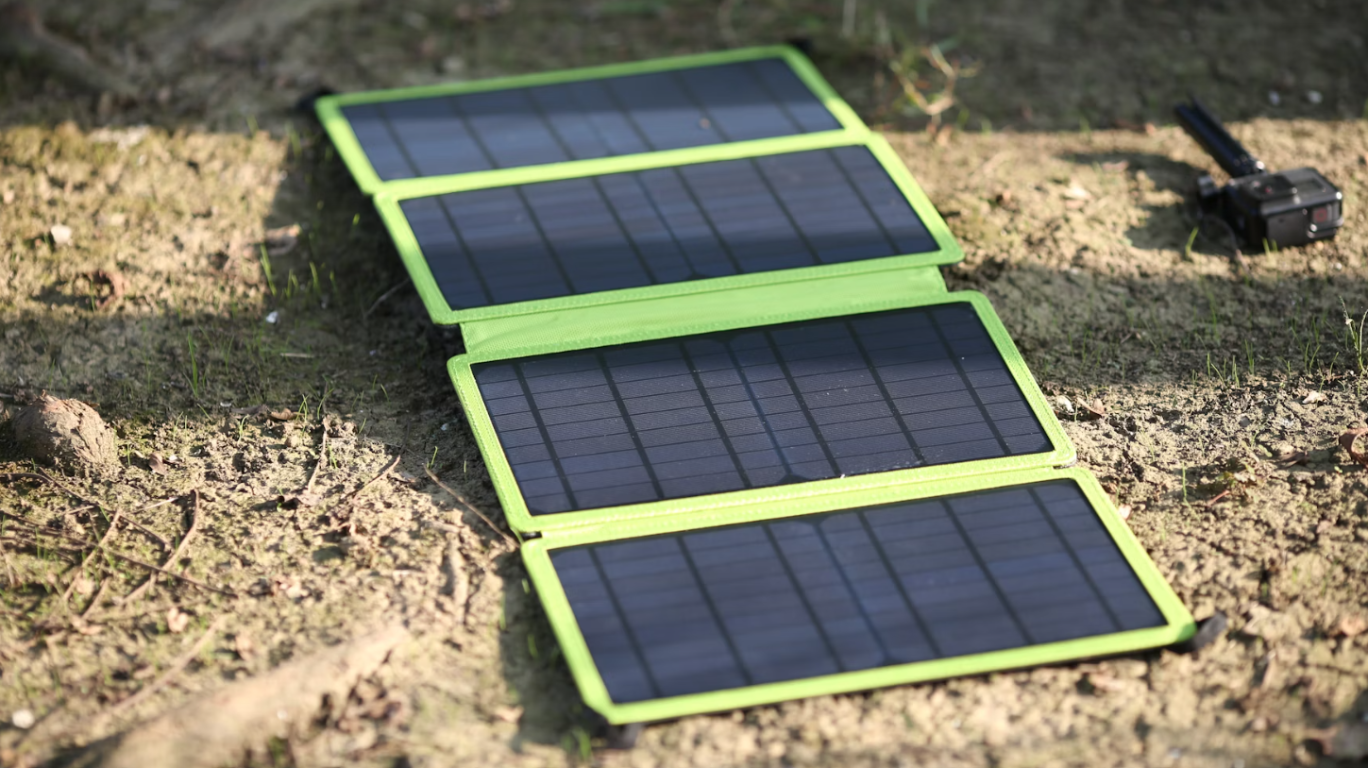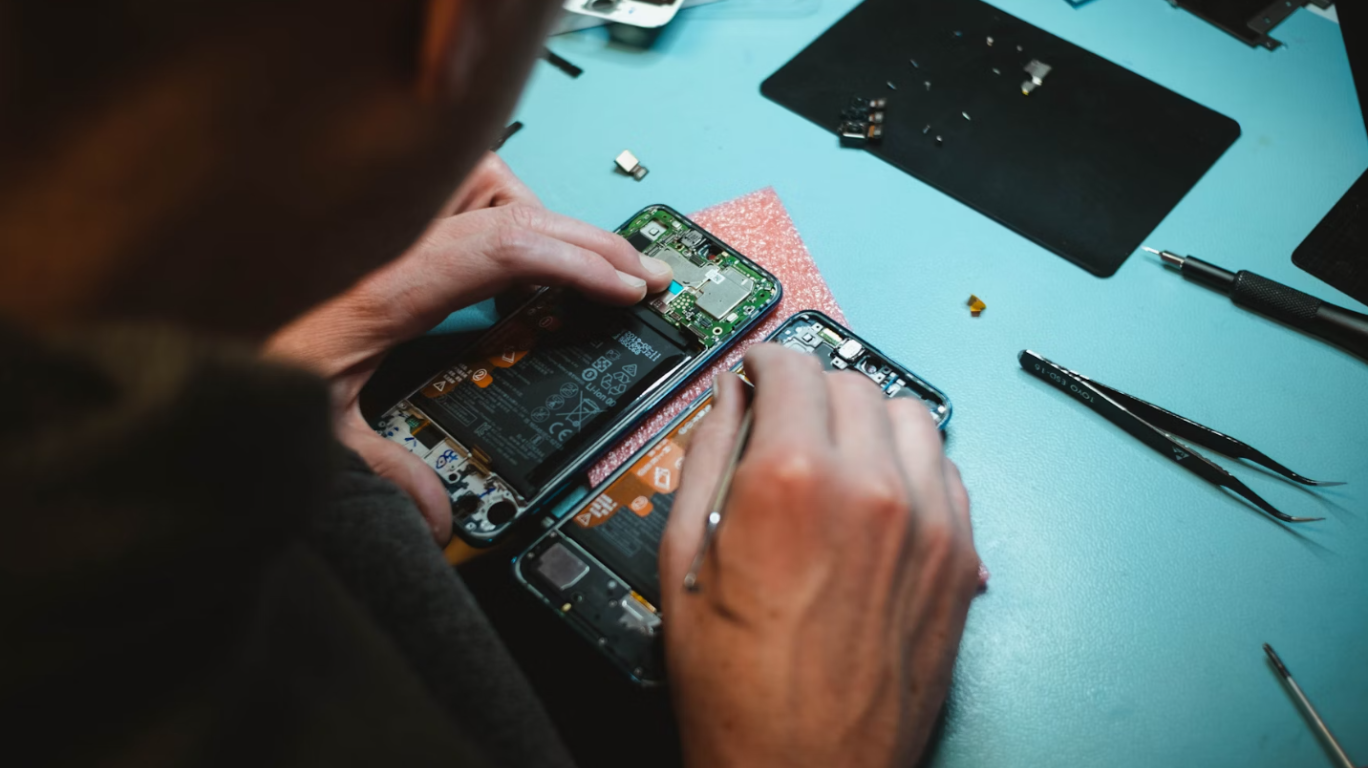The Lifecycle of a Smartphone
From minerals to mobiles
Every smartphone begins its journey with the extraction of rare earth metals such as lithium, cobalt and tantalum. These materials are essential for batteries, processors and screens, yet they are mined in ways that carry significant environmental and social costs. Energy-intensive refining, complex supply chains and global shipping all contribute to a smartphone’s initial carbon footprint.
Understanding this stage helps explain why smartphones are so resource-heavy and why the industry is encouraging longer use. By keeping your device running for as long as possible, you’re directly reducing demand for fresh materials — and, by extension, lessening the environmental pressure created by mining and manufacturing.

A shift towards smarter sustainability
In recent years, the narrative has shifted from how phones are produced to how long they remain in use. Repairs, refurbishment, and better troubleshooting tools are now widely available, empowering consumers to extend the lifespan of their devices. Instead of upgrading every two years, people are keeping devices running for four, five, or even longer.
Extending a phone’s lifecycle is one of the most powerful ways to reduce its environmental impact — and it saves money too. A device that lasts twice as long effectively halves your personal contribution to electronic waste and reduces the pressure to buy costly replacements. This makes sustainability both practical and beneficial.
Repair over replace
The days when a cracked screen or weak battery meant the end of a smartphone are gone. Now, repair services are faster, cheaper and more accessible than ever. Many manufacturers offer official repair programmes, while independent repair services thrive in local communities.
And, it’s never been easier. With advancements in repair capabilities, we’ve also seen a rise in the options available. Customers can still book a repair service in store, but there are also options for ‘we come to you’ services, where repair vans will come to your home or place of work to repair a damaged device. Even online tutorials and toolkits allow confident users to tackle basic fixes themselves.

Repairs give you control. Instead of paying hundreds for a new device, a simple fix could extend the life of your phone by years — at a fraction of the cost. Keeping an eye out for repair services or online troubleshooting education could mean the difference between an unnecessary upgrade and a device that continues to meet your needs.
Refurbished devices
Refurbished smartphones are another practical solution gaining momentum. These devices are professionally restored, tested and resold — often indistinguishable from new models. They offer scalable savings and a way to access high-end technology at a lower price point.
Choosing refurbished devices reduces costs while also supporting the circular economy, where products and materials are reused rather than discarded. It also reduces waste by keeping devices out of landfills and valuable materials in circulation. For many, this is a smart balance between affordability, sustainability and functionality.
Tech that fits your lifestyle
Technology is supposed to make life simpler, not more stressful. A phone that lasts longer, can be repaired easily, or is purchased refurbished, fits seamlessly into modern life without constant disruption or expense. The trend towards sustainability aligns with what many customers want: reliability, value and less waste.
Go green with your tech

Manufacturing smartphones will likely always require significant resources, but what’s changing is how the tech industry — and consumers — are responding. The focus is shifting from producing more to getting the most out of what already exists.
Staying informed about these trends empowers you to make smarter decisions. Whether it’s learning how to troubleshoot minor issues, seeking out a trusted repair service, or choosing a refurbished device, these actions keep costs down, reduce environmental impact, and make your tech work harder for you.


